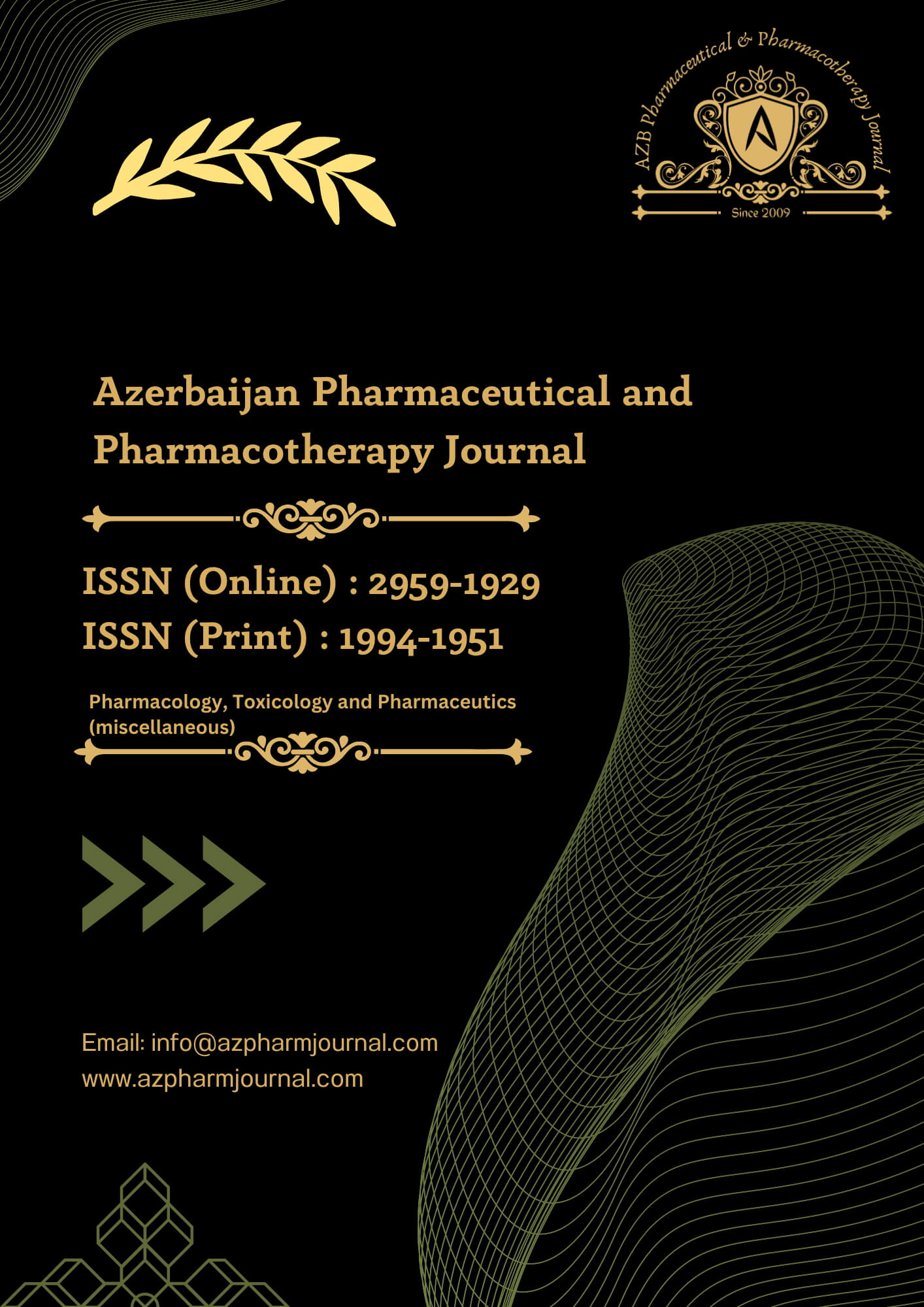A cross-sectional observational study was conducted at the Orthopedic and Spine Unit, Hayatabad Medical Complex, Peshawar from February, 2023 to January, 2024 for a period of 1 year. Upon the issuance of ethical approval from the institutional review board, a total of 44 adult patients presenting with lumbar radiculopathy were enrolled. Informed written consent was obtained from all patients. The inclusion criteria for enrollment of patients was; consenting individuals with lower back pain due to a nerve root compression, radiating to one or both legs. Those presenting with lumbar intervertebral disc prolapse were also included in the study. Patients with known contraindications for epidural steroid injections, current infection, coagulopathy or malignancy, history of lumbar steroid injection or spinal surgery, nervous system deficits were excluded from the study. After taking complete clinical history and proper neurological examination, pre-procedural assessment, patients were prepared for the foraminal epidural steroid injection. Procedure of the treatment, any side effects or complications were disclosed to the patients.
Administration of Foraminal Epidural Steroid Injection
A double-needle paramedian technique was used to access the intervertebral foramen of L3–L4, L4–L5, and L5–S1.14 After administering a local anesthesia; a 20-gauge spinal needle of 3.5 inch was inserted to the ipsilateral transverse process, and then relayed 1 cm anteroinferiorly. A curved 25-gauge spinal needle of 6-inch was proceeded through the 20-gauge introducer needle into the safe-triangle. Proper needle placement was confirmed by the anteroposterior and lateral fluoroscopic projections. With the lateral view, the needle was positioned just below the pedicle along the ventral aspect of the intervertebral foramen. With the anteroposterior view, the needle was placed just beneath the midportion of the corresponding pedicle.
Once the needle was accurately placed, 1 ml of contrast medium was administered and the results of the epidurogram and pain response were recorded. Once enough flow of contrast to the target area was recorded and no blood or cerebrospinal fluid was observed, a total of one and a half milliliter betamethasone acetate in addition to a 2% xylocaine solution was inoculated. The patient was advised to stay in supine position for about 30 minutes to 40 minutes, postoperatively.
The patient’s vitals were monitored throughout the procedure and thereafter for half an hour. Blood glucose levels were monitored 24 hours after the procedure and all the patients were screened thereafter for any major or minor complications. Patients were followed up on the 14th day, 1-month, 3-months and 6 months of the procedure for documentation of pain, patient satisfaction and side effects of the injections.
Clinical outcome was quantified using a patient satisfaction scale, a Roland-Morris low back pain questionnaire which evaluated the improvement rate, a measurement of finger-to floor distance with the patient in fully tolerated hip flexion and a visual numeric pain scale.12, 15-16
A successful treatment outcome was defined as a patient satisfaction score of 2 (good) or 3 (very good), improvement on the Roland-Morris score of 5 or higher, and pain reduction of more than 50% 1 year post treatment.
